The swing dress, a garment that evokes images of swirling skirts and playful movement, has transcended decades to remain a coveted piece in any wardrobe. Its enduring popularity lies in its ability to flatter a wide range of body types while offering endless styling possibilities. Let’s delve deeper into the world of swing dresses, exploring their history, variations, and how to incorporate them into your signature look.
A Historical Twirl:
The swing dress emerged in the 1930s as a more relaxed alternative to the constricting fashions of the past. It gained momentum in the 1940s due to fabric rationing during World War II, as its simple design required less material. However, the true swing era arrived in the 1950s. Paired with petticoats for added volume, the swing dress became a symbol of youthful exuberance and carefree dancing during the rock and roll revolution. While trends have evolved, the swing dress’s inherent comfort and versatility have ensured its place in fashion history.


A Spectrum of Styles:
The beauty of the swing dress lies in its adaptability. It transcends a singular style, offering variations to suit different tastes and silhouettes. Here are some popular interpretations:
- The Quintessential Swing: This embodies the classic silhouette – a fitted bodice that cinches the waist and a full circle skirt that dances around the knee or just below. It’s a timeless piece that evokes a touch of vintage charm.


- Fit and Flare: Offering a more contemporary twist, the fit-and-flare style retains the fitted bodice but features a skirt that tapers slightly before flaring out from the hips. This creates a flattering silhouette that accentuates your curves.
- Empire Waist: For a touch of elegance and comfort, the empire waist swing dress features a waistline that sits high just below the bust. The flowing silhouette flatters all body types and is perfect for creating a breezy summer look.
- Modern Twists: Modern interpretations add a touch of personality. Halter necklines with straps that tie around the neck offer a glamorous alternative for warmer weather or special occasions. Sleeveless options are perfect for summer days, while long-sleeved versions provide versatility for cooler seasons.
Read Also Mastering the Art of Wearing a Shirt Over a Dress.
Beyond the Basics: Mastering the Art of the Swing
The true magic of the swing dress lies in its ability to transform for any occasion. Here’s your guide to styling a swing dress for different vibes:
- Effortless Chic: For a relaxed daytime look, pair your swing dress with flats, sandals, or sneakers. Add a denim jacket or cardigan for a touch of layering and effortless style.
- Office Chic: Elevate your workwear with a swing dress in a solid color or a subtle pattern. Team it with pumps or wedges for a polished look that’s both comfortable and professional.


- Night Out Sophistication: Take your swing dress from day to night with a touch of glam. Swap your flats for heels, add statement jewelry, and a sleek clutch to create a show-stopping ensemble for a special event or night out.
- Vintage Vixen: Channel your inner fashion icon with a classic swing dress. Embrace the full circle skirt, add a touch of whimsy with cat-eye sunglasses, and tie a vibrant headscarf for a touch of vintage flair.
Accessorize and Personalize:
The final touch to mastering your swing dress look lies in accessorizing. Here are some tips:
- Embrace the Belt: A well-placed belt can cinch your waist and define your silhouette, creating a more balanced look. Choose a belt that complements the style and color of your dress.
- Let the Fabric Flow: Consider the occasion and choose a fabric that suits it. Cotton or jersey knit fabrics offer a relaxed feel for casual wear, while silk or satin add a touch of luxury for dressier events.
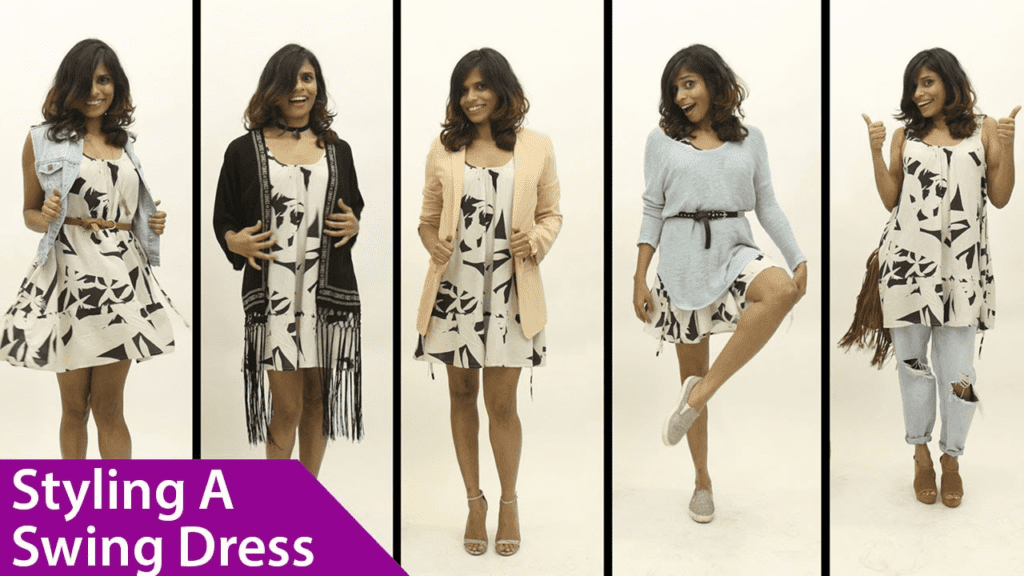

- Play with Patterns: Don’t be afraid to experiment! Florals and polka dots are classic swing dress choices, but explore bolder geometric prints or stripes to add a unique touch.
- Jewelry and More: Let your personality shine through with accessories. A statement necklace can elevate a simple dress, while a scarf or hat can add a pop of color or a touch of vintage inspiration.
Embrace the Twirl:
With its comfortable fit, endless styling possibilities, and a touch of historical charm, the swing dress is more than just a garment – it’s a timeless treasure that allows you to embrace your confidence and twirl with style. So, don’t be afraid to experiment, find your perfect swing dress silhouette, and add a touch of playful movement to your wardrobe.
FAQs
There are many variations of the swing dress, including the classic fit-and-flare, the empire waist with a high waistline, and modern takes with halter necks or long sleeves.
Swing dresses are incredibly versatile! You can dress them down with flats or sneakers for a casual look, elevate them for work with pumps and a blazer, or add some glam with heels and statement jewelry for a night out.
The fabric choice depends on the occasion. Cotton or jersey knits are great for casual wear, while silk or satin offer a more luxurious feel for dressier events.
Swing dresses are known for being flattering on many body types. The cinched waist and flowing skirt create a balanced silhouette that accentuates your curves without being too revealing.

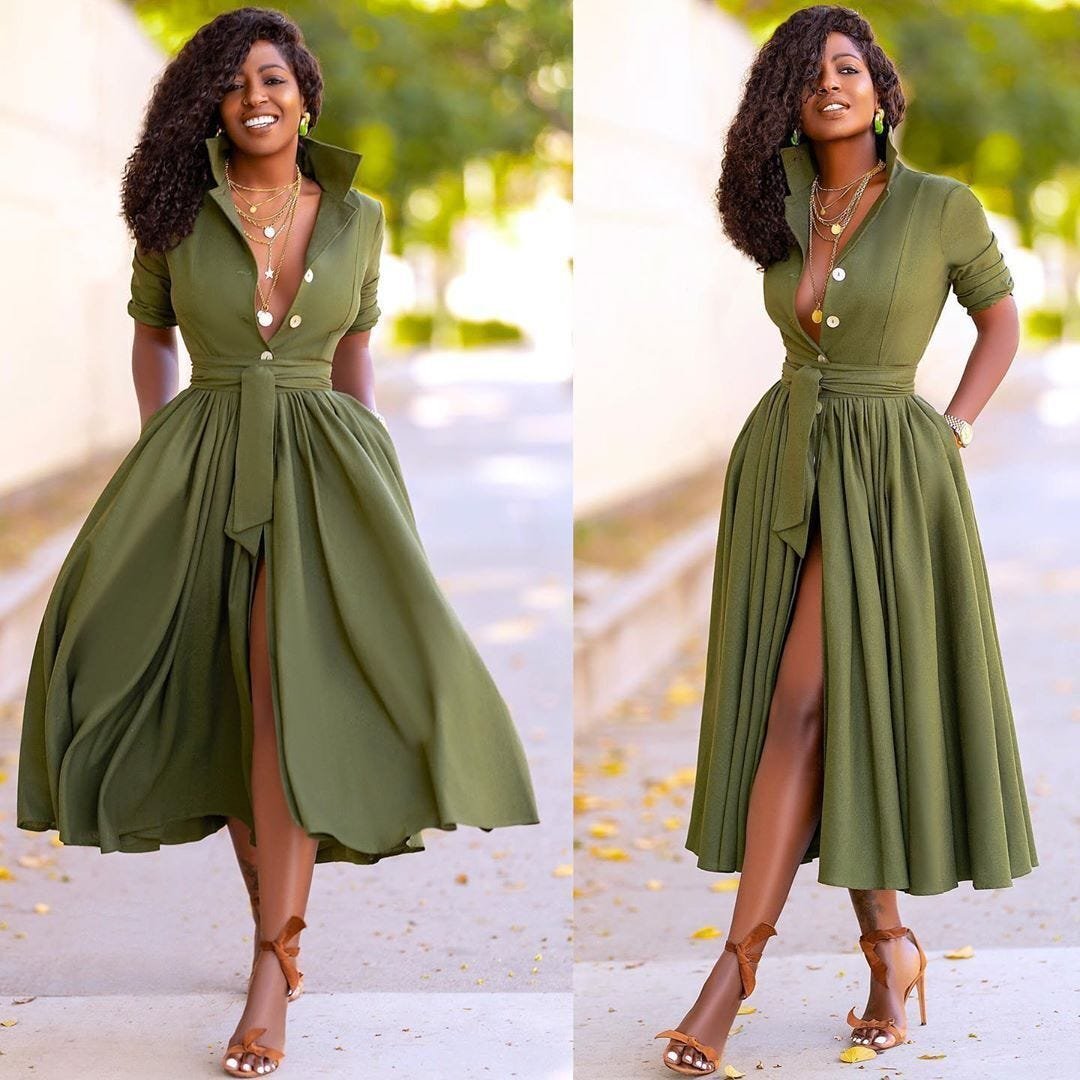
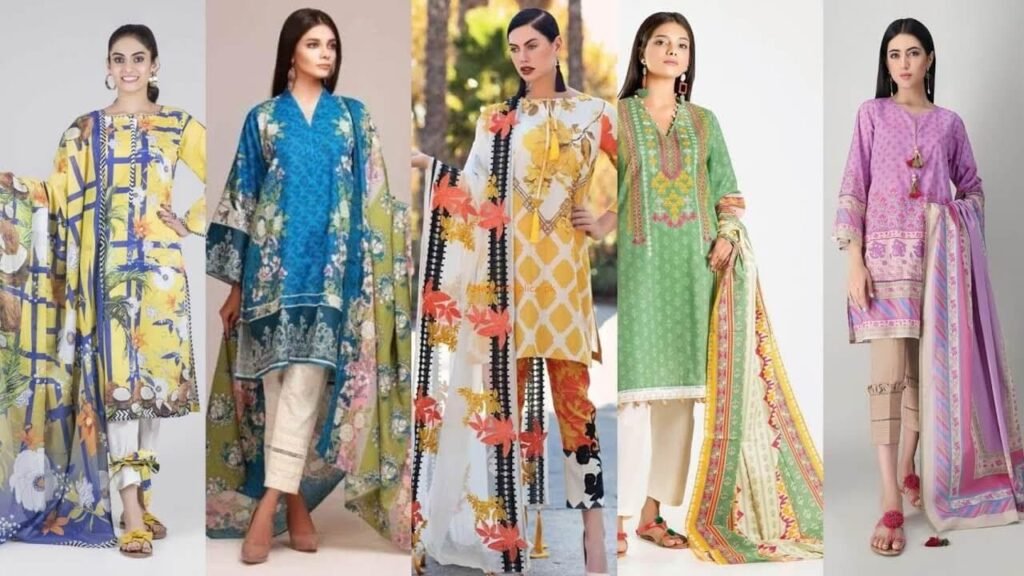
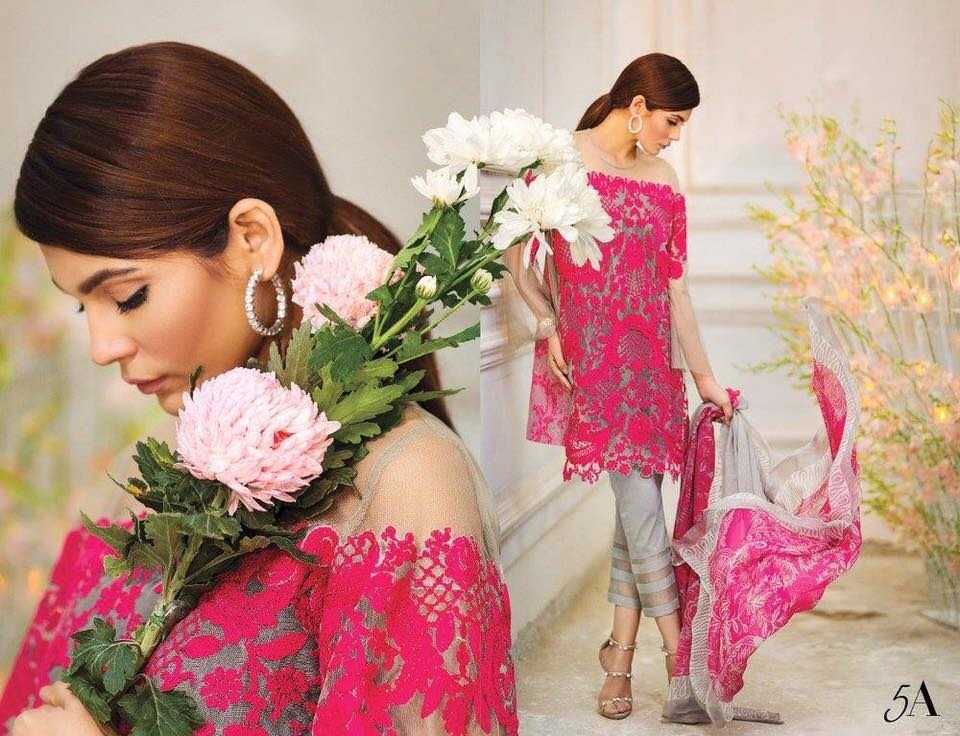
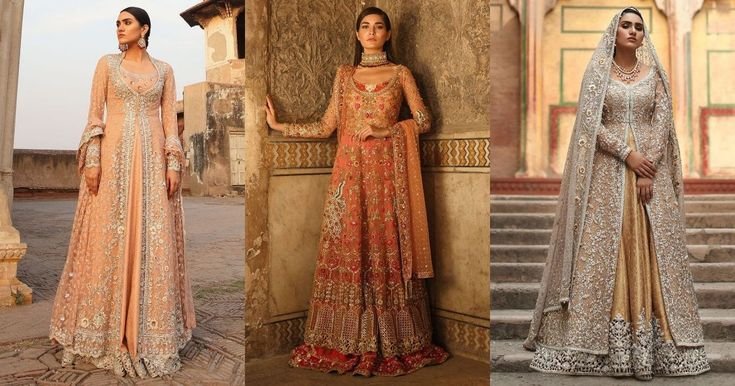
One Comment